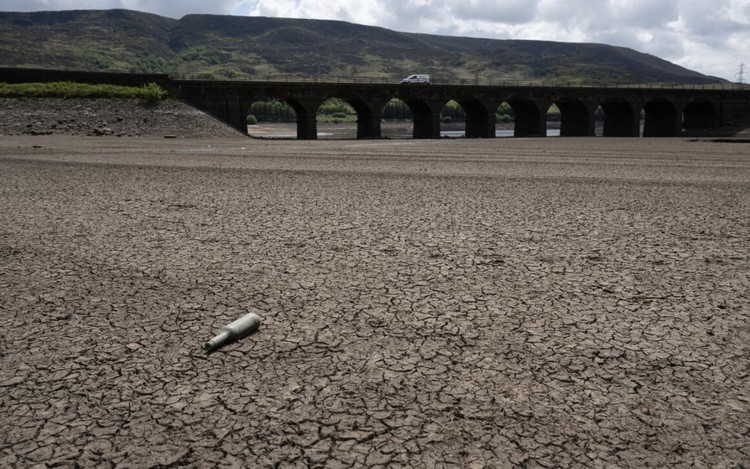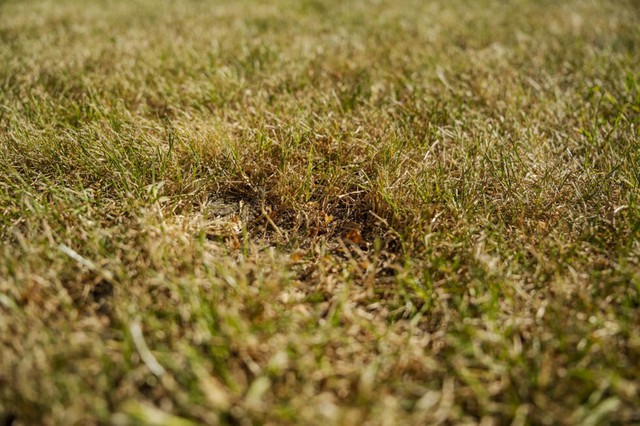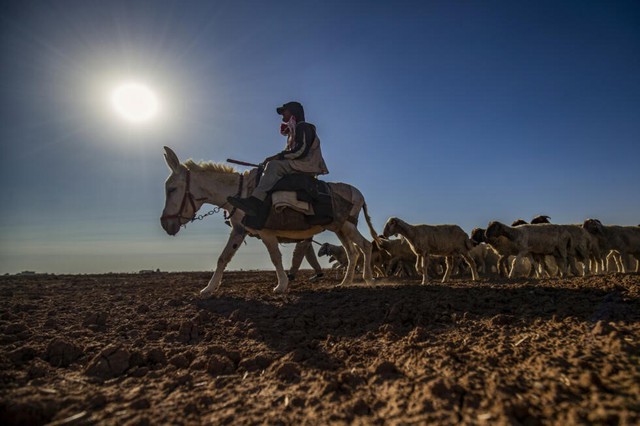
The Woodhead reservoir in northern England hit its lowest level. Photo: AFP
It was the highest level recorded for that period of time in the year since monitoring began in 2012, and more than 20 points higher than the average between 2012-2024.
The EU's Copernicus Climate Change Service, based on satellite imagery, takes into account three benchmarks: precipitations, or rainfall, soil moisture and the state of vegetation.
Watch, warning, alert
There are three levels of drought: watch, warning and alert.

Signs of drought were apparent in Koege, in Denmark. Photo: AFP
Between May 11-20, 42 percent of Europe's soil and the Mediterranean basin were lacking in moisture, at a warning level, and five percent at alert level, signalling that vegetation was developping abnormally.
Northern, eastern and central European countries were mainly concerned, with high alert levels.
Some 19 percent of Ukrainian territory was on a state of alert while other countries were in a worrying situation, including Belarus (17 percent), Poland (10 percent), Hungary and Slovakia (nine percent).
To the south, the level of alert stood at 20 percent in some countries and territories, including in Syria, Cyprus and the Palestinian territories.

A shepherd leads his flock across a dry landscape in northern Syria. Photo: AFP
While stopping short of a state of alert, several countries were in mid-May hit by some kind of large drought, including the United Kingdom across 98 percent of its territory since mid-March.
The UK's official weather service The Met Office said the UK experienced its its warmest spring on record -- and its driest in more than 50 years.
The European Central Bank warned on May 23 of major economic risks from drought, which can threaten up to 15 percent of production in the eurozone due to increasing extreme weather caused by climate change.


Max: 1500 characters
There are no comments yet. Be the first to comment.